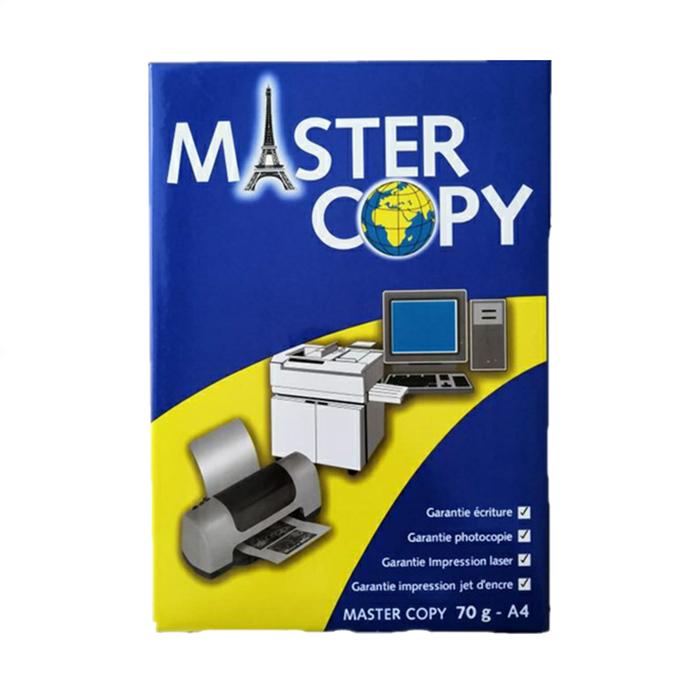Few industries are unaffected by the connectivity brought about by digitization and the Internet. However, as the convenience of e-commerce continues to gain market share, the retail industry has undergone a particularly significant change. As consumers increasingly interact with brands and products online before they actually own the goods, the rise of e-commerce has greatly affected the way these products are packaged.
Graphic design, functionality and sustainability have always been at the forefront of packaging, and the transition from physical retail to online markets has given brands and packaging printers plenty of room to think about when evaluating these innovations.
Ron sasine, head of Hudson Windsor, a retail packaging strategy company, believes that the transportation of packaging has become a top priority for brands that rely on e-commerce channels. “We have seen many companies redesign their primary packaging to make it more useful and manageable in the e-commerce world. They have invested a lot of work in redesigning the packaging to make it easier to transport in transit without all the extra shelf appeal. “
Nowadays, online ordering has become an important part of the consumer experience. Both brands and retailers are faced with the need to improve the durability of packaging. For example, sasine explains that in e-commerce, when a package arrives at a consumer’s address, the number of touchpoints that consumers are exposed to increases dramatically. “In the new world, a lot of times individuals have to touch products because they’re now repackaged in boxes. The box is now being loaded into the truck alone. All of these things require extra handling, and if people are not careful, they will send the same packaging they are currently using to some high contact environment, and they will find that their packaging has failed. “
For brands that want to enter the e-commerce world, sasine recommends that all touch points of packaging encountered as a result of the transition to an e-commerce model be evaluated first. “Analyze your touch count today, figure out how it will change, and then start testing your current packaging for a higher level of handling.”
Another way for brands, retailers and processors to rethink e-commerce packaging is its sustainability attributes. For example, Brian techer, director of packaging design and engineering at RR Donnelley, explains that in e-commerce, it is important to assess the entire life cycle and service life of packaging. “It is important to understand the life cycle of the packaging and design a package that optimizes the entire life cycle, whether it is a suitable size transport container, or how to use or distribute it, when entering plastic or foam situations, it is necessary to ensure that it is designed and manufactured in an intuitive way so that the end-users will know exactly how to recycle or process the packaging.”
Sasine explained that another design element that can be provided to brands in an e-commerce environment by combining online ordering with the latest packaging and printing equipment is post customization. “Post customization aims to create packaging materials at the end of the process so that they are uniquely suited to the items being transported [provide] a variety of options, where the size of the item to be delivered is determined by the algorithm. “It is then sent to a machine for die cutting, trimming or re sizing the package to fit the product that is about to be delivered.”
For RR Donnelley, digital printing is the key to providing custom attributes for e-commerce packaging. The difference lies mainly in the difference between the specific e-commerce brand and the retailer who can purchase the product in the store.
“For us, it’s building our solutions around digital capabilities,” said Patrick O’Keefe, senior vice president of packaging solutions business development at RR Donnelly. You can do digital printing so that you can personalize or customize the packaging itself. “
The personalization options can vary, techter explains, and sometimes brands choose to put individual printed products in their packaging. Working with brands can help determine the right type of customization for the final packaging, he said. “Maybe a letter, a welcome card, something thrown into a box or something with a shipping label. However, there are also post customization in the actual printing of the box itself It does understand the different options for post customization and work with brands and customers to integrate it into packaging. “
Post time: Sep-01-2020

